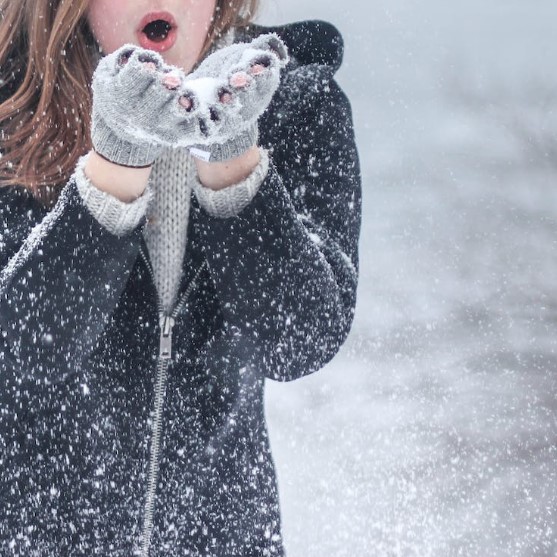
On the 21st of December, Winter begins in the Northern Hemisphere, on what is known as the Winter Solstice. But it is not celebrated on the same date in all parts of the world.
In this article we tell you why the solstices occur, when is the winter solstice depending on where you are, and how it is celebrated in different parts of the world, customs, traditions and rituals to welcome winter.
When is the Winter Solstice in the Northern Hemisphere?
In the countries of the Northern Hemisphere, the Winter Solstice takes place between 20 and 23 December each year. In 2022, the Winter solstice in the Northern Hemisphere is on 21 December.
When is the Winter Solstice in the Southern Hemisphere?
In the countries of the Southern Hemisphere, the Winter Solstice takes place between 20 and 23 June each year. In the Americas, countries such as Argentina, Chile, Bolivia, Peru, Paraguay, Uruguay, and parts of Brazil and Ecuador celebrate the arrival of winter in June.
What are solstices?
The term Solstice is derived from the Latin "solstitium" meaning "the sun stands still". Solstices occur because the Earth revolves around the sun, tilted about 23.5 degrees on its axis.
According to the interpretation of this event in different cultures, the onset of winter represents a time of renewal and rebirth, with various celebrations and rituals taking place around the world.
Curiosities and facts about the Winter Solstice:
- The solstice marks the beginning of astronomical winter, the date and time of which changes annually, due to the fact that the earth's orbital period is inaccurate, taking 365.2425 days to make one complete revolution around the sun and is balanced every four years by the leap year.
- The word winter comes from the Latin "hibernum" meaning "winter weather".
- According to Greek mythology, winter occurs due to the sadness of Demeter (goddess of nature) over the abduction of her daughter Perséfone, which causes low temperatures and the absence of life and flora on earth during the winter season.
- The winter solstice has generated multiple stories and traditions associated with death and resurrection in different cultures and religions. The common feature is the death of deities associated with the sun.
- According to some astrologers the Winter Solstice is not advisable to try new things with long term consequences, due to the position of Saturn.
We wish that this beginning of the solstice comes with the best energies to end this year successfully and welcome the next season: spring. You can share this interesting information on your social networks, using the hashtags #solsticeofwinter #winter.

